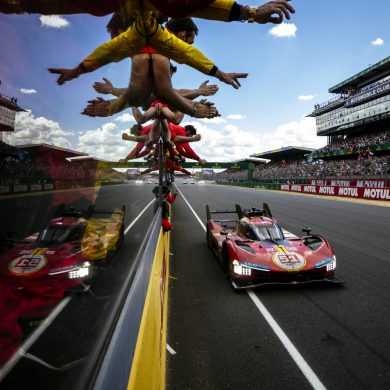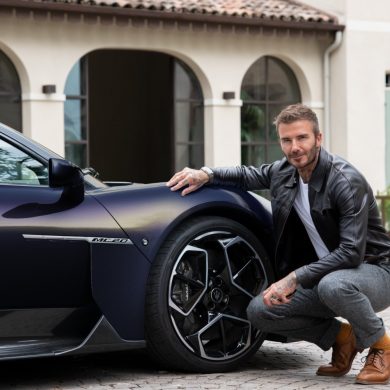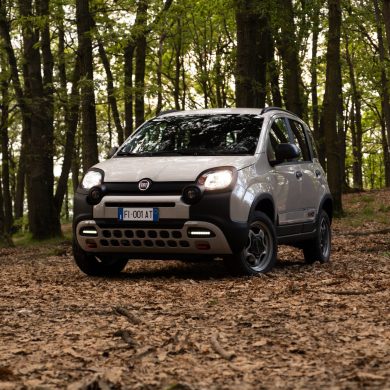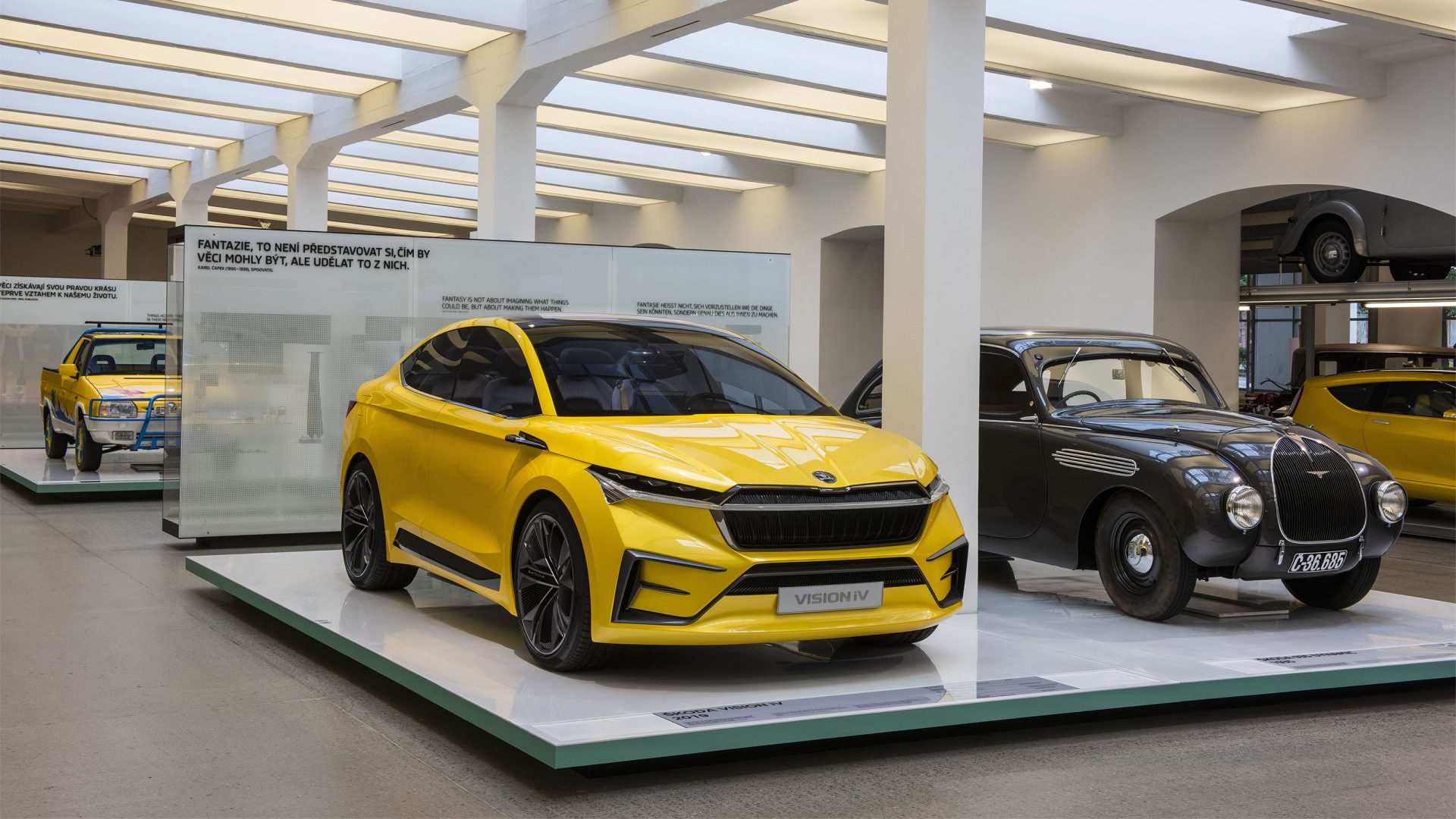
The journey began in the 19th century with the gracefully designed bicycles and highly functional motorcycle frames. Yet, it was the company’s inaugural automobile that set the stage for a unique design language. As per the esteemed journalist Vilém “Henry” Heinz’s expert review in December 1905, the Laurin and Klement Voiturette A was praised for its beauty, elegance, and comfort.
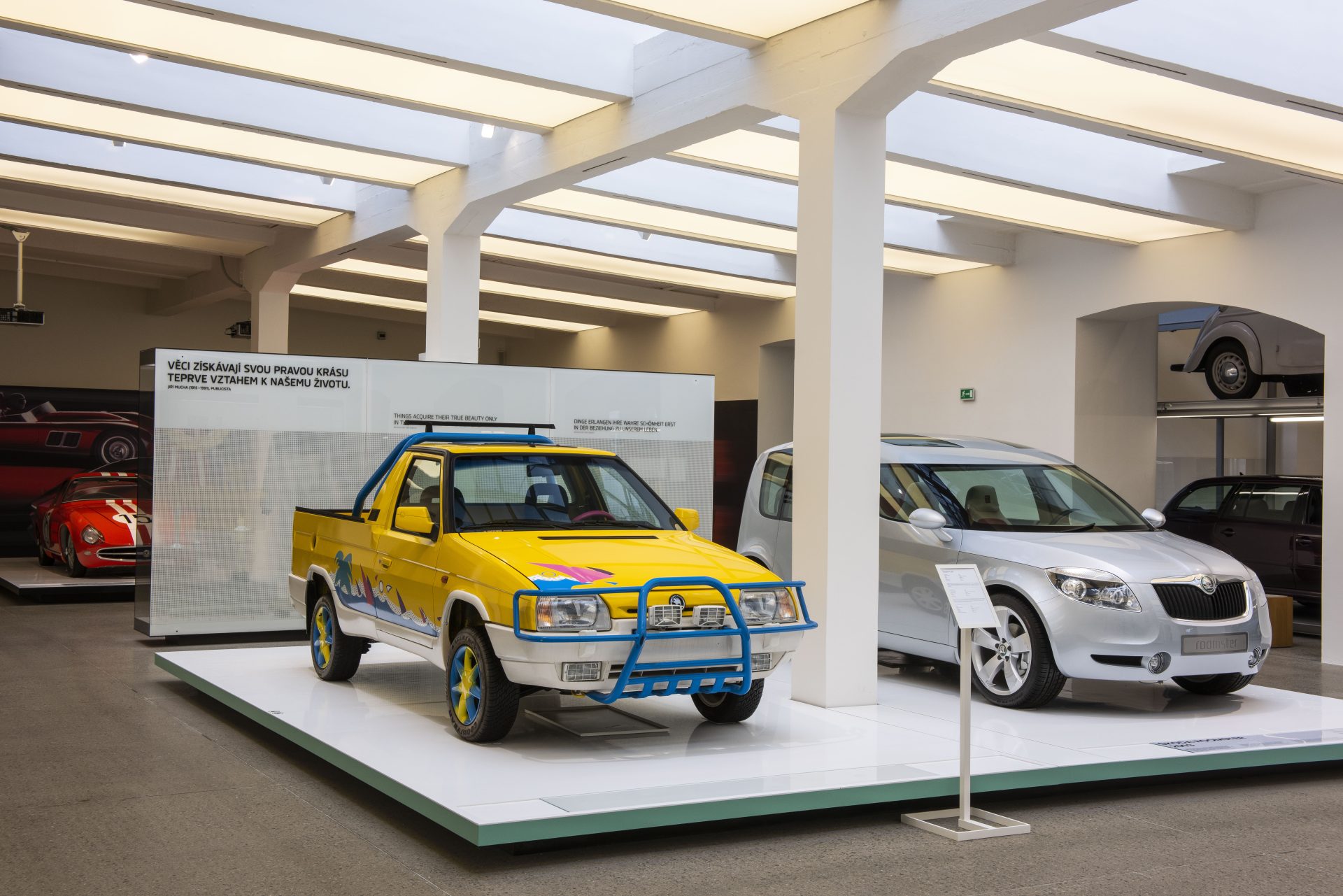
Numerous displays at the Škoda Museum depict the artful flair of their creators. Their approach was typically subtle rather than grandiose, captivating a broad range of customers worldwide with cars featuring restrained yet distinct appearances and tastefully proportionate designs in line with current trends.
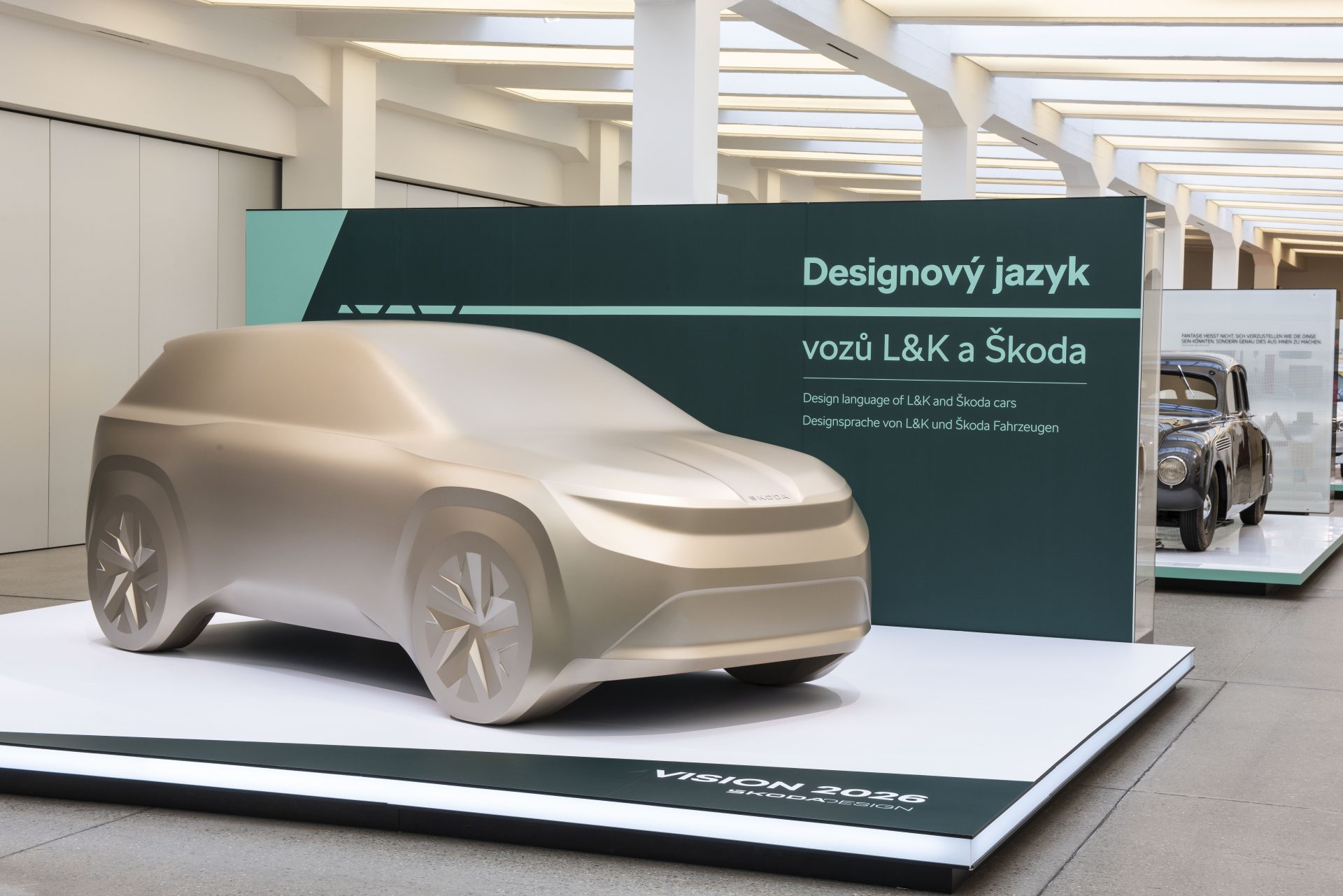
The creators behind the initial design language of the Laurin & Klement lineup (1905-1925) and early Škoda models remain enigmatic. These pioneers remained unsung as the Czech brand rose to prominence. Car bodies were often a secondary consideration, constituting less than 10% of the basic price of the self-propelled chassis. Many customers had their chassis tailored by independent coachbuilders, but a large number preferred Škoda’s offerings, renowned for their aesthetic appeal and superior material and craftsmanship quality.
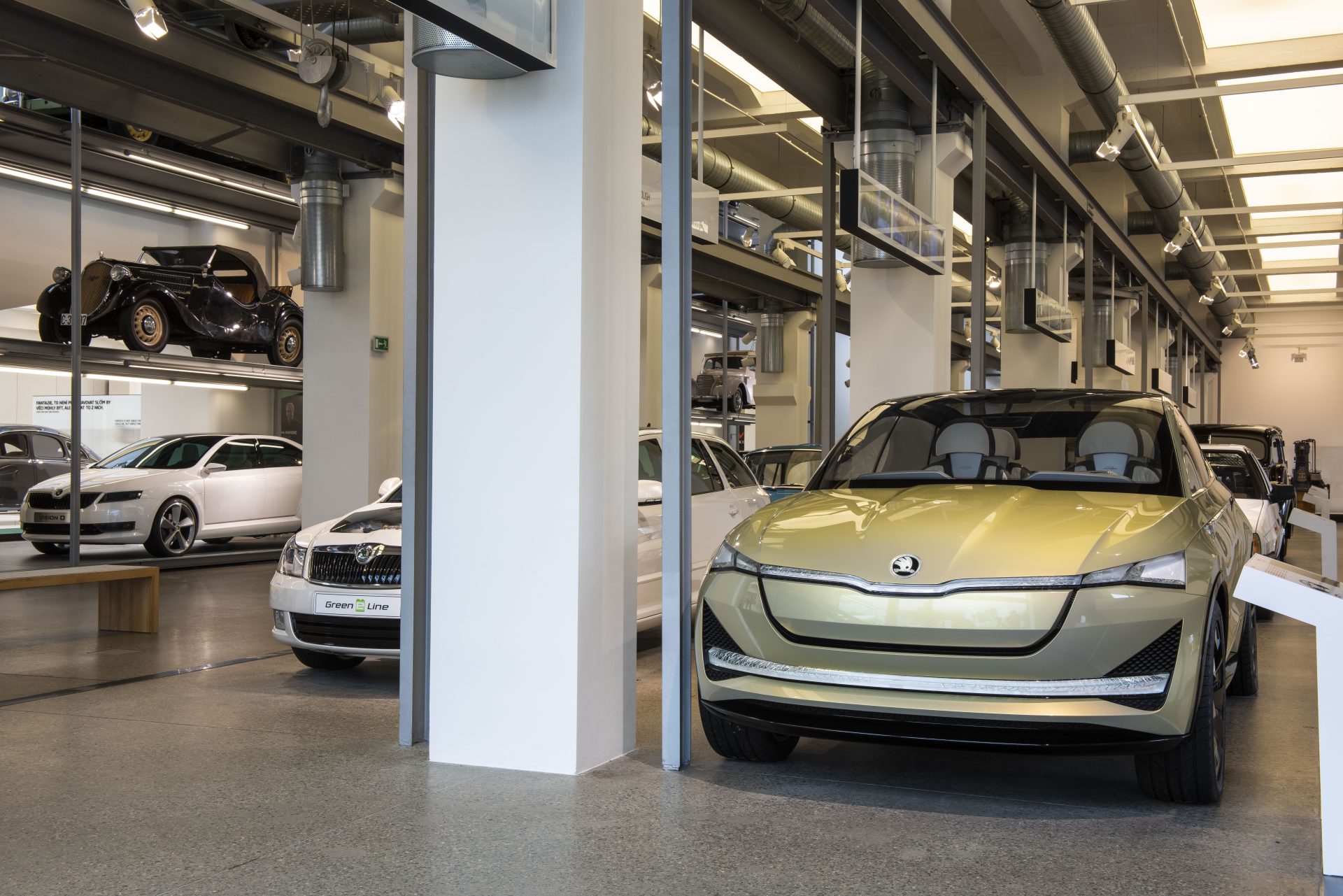
The role of the car designer was distinct from that of the bodywork builder and engineer only in the second half of the 20th century. Many worldwide car makers often enlisted the skills of external industrial designers, acclaimed sculptors, or graphic artists, particularly between the 1950s and 1990s, when Italian studios were car design leaders. Though political reasons halted the series production of the original design of the Škoda 720 ID sedan by Giorgetto Giugiaro, the Škoda Favorit by Nuccio Bertone’s team was the most contemporary car in the Eastern Bloc of the time.
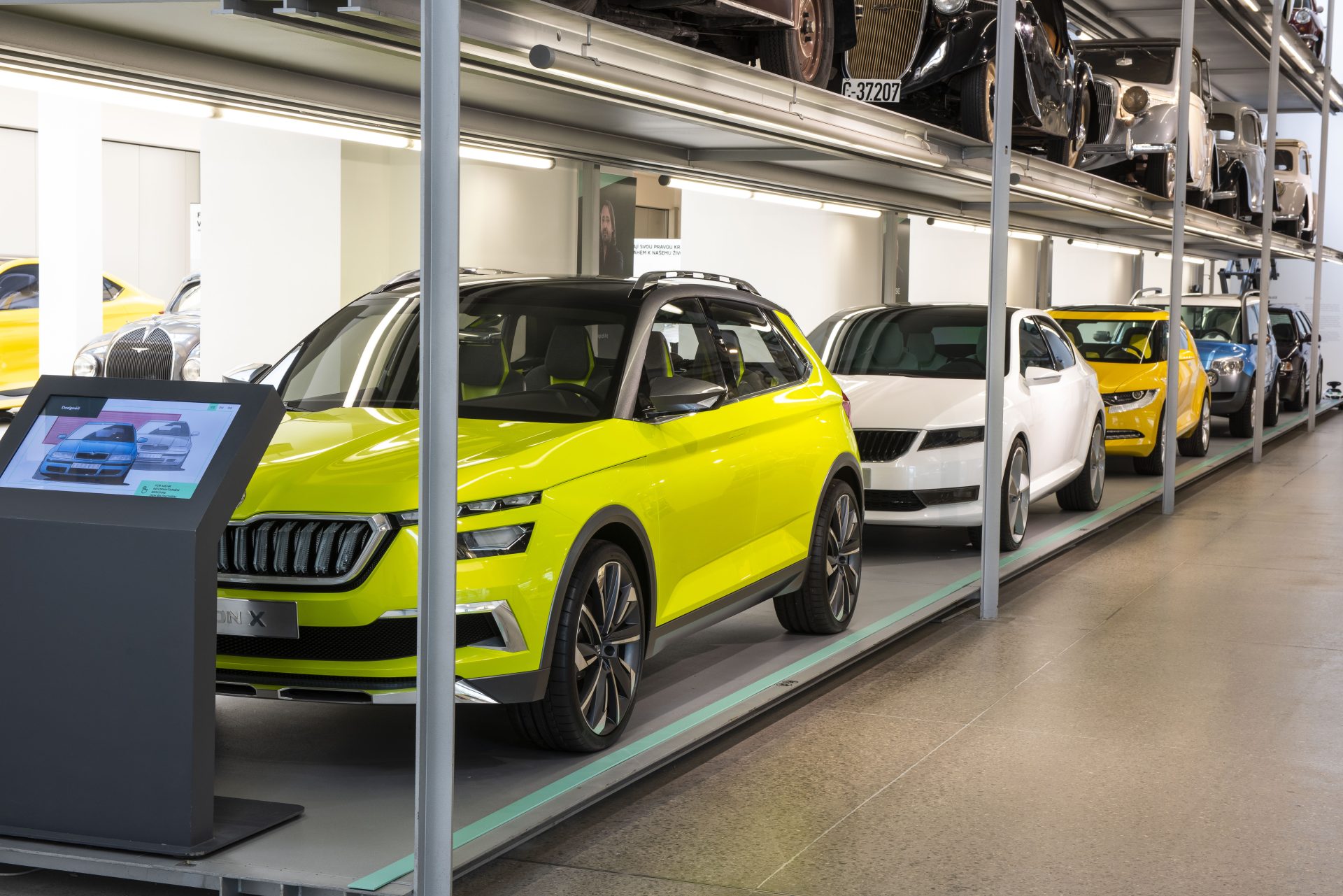
Further advancements occurred within the Volkswagen Group, of which Škoda Auto has been a member since 1991. The strategic partner’s robust resources and vast experience led to the establishment of the independent Škoda Design department. The department, headquartered in a villa on the river Jizera in Mladá Boleslav, built in 1890, and with an equally inspiring office in Prague, is home to employees from 30 different countries. After all, Škoda, a global brand, must accommodate the specific preferences and values of customers in over 100 countries.
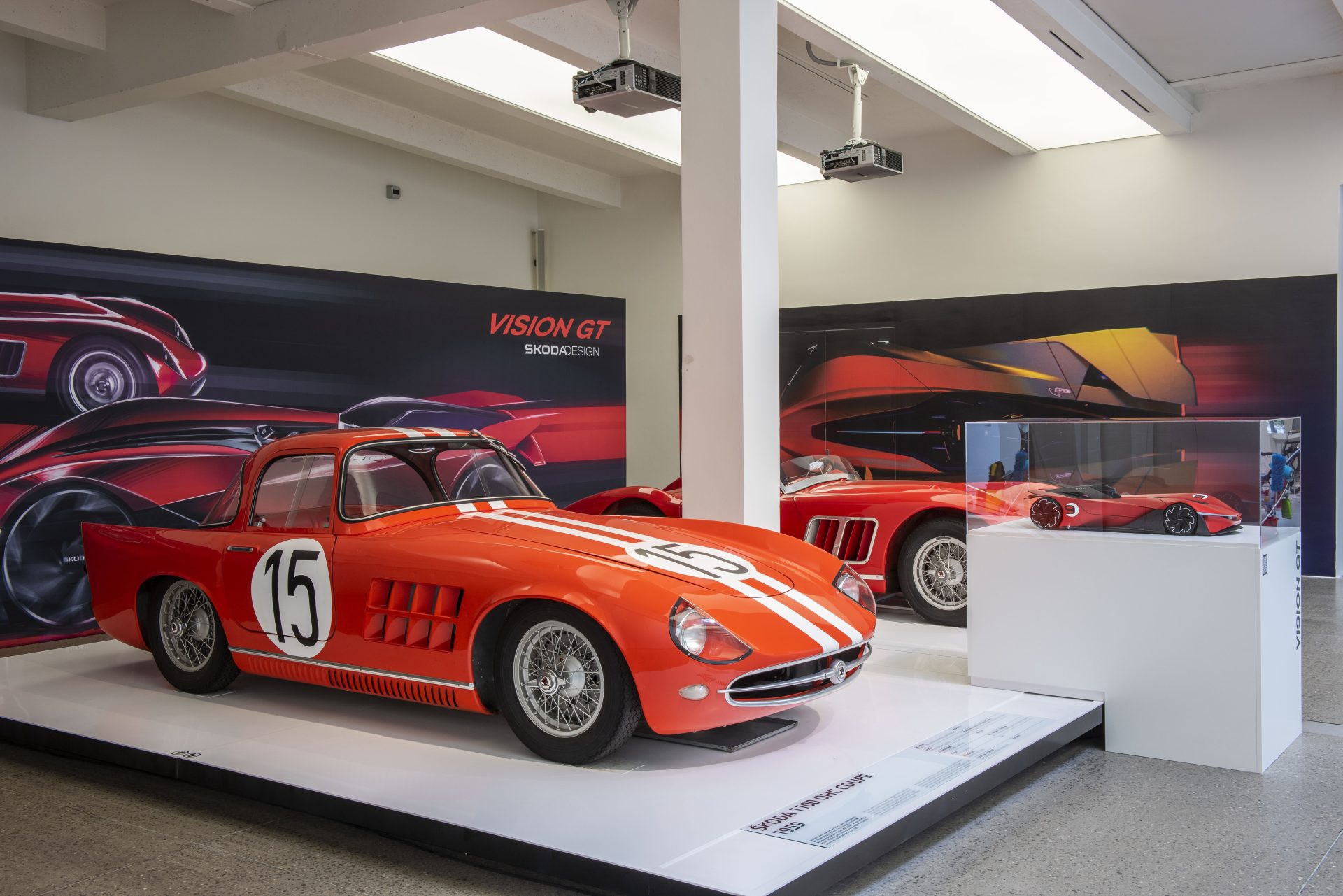
Exhibition Invitation: The Škoda Museum in Mladá Boleslav is showcasing the last in a trio of successful exhibitions titled “The Evolution of Automobile Production”, this one named “The Design Language of L&K and Škoda Cars”. Large panels with informative texts, design sketches, and numerous photographs illustrate the complete car production process and key components such as wheels, steering wheels, and headlights. The exhibition also covers the transition of natural and synthetic materials used and the progression from the first car radios to contemporary multimedia systems.
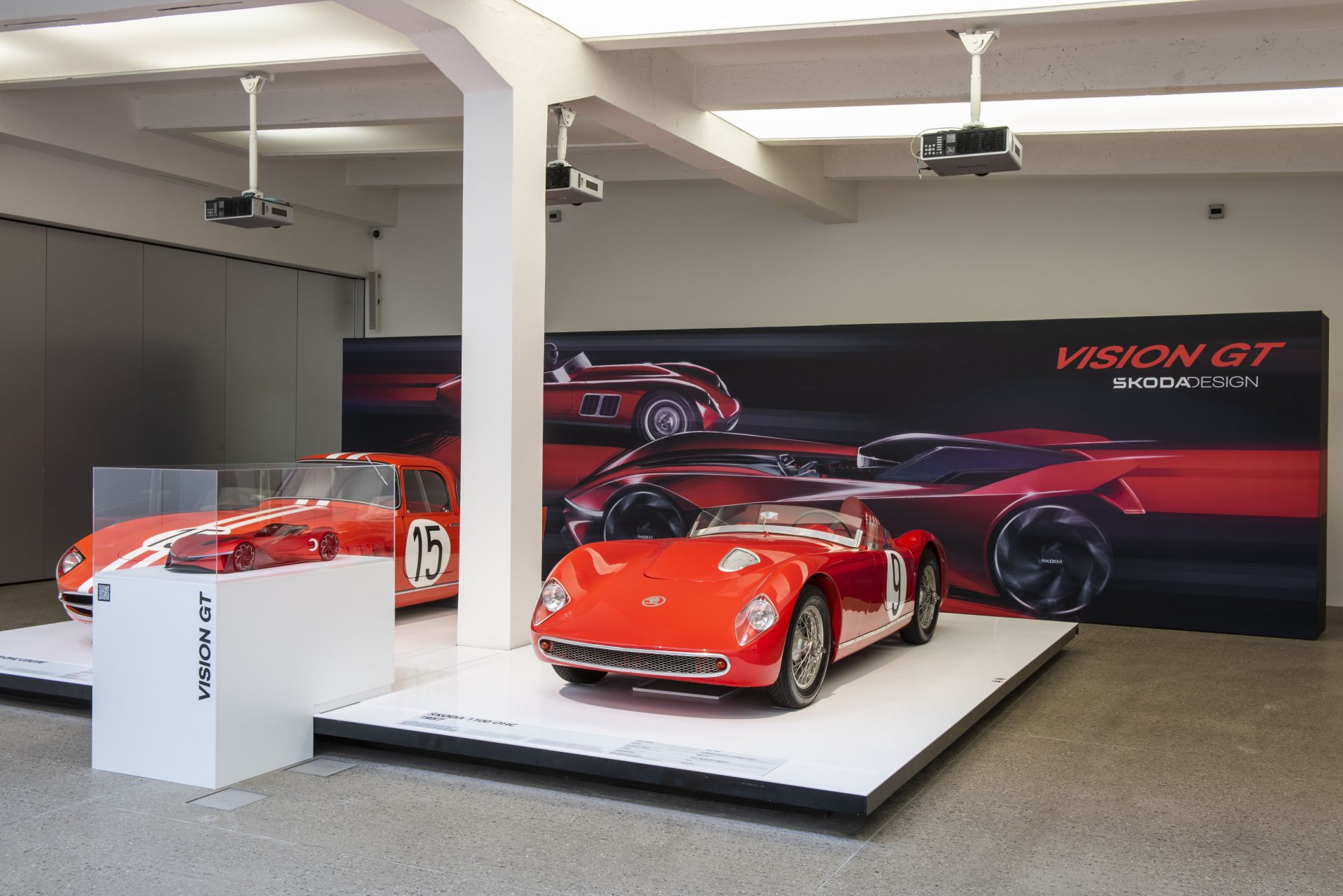
Rare items from the Škoda Museum’s collections feature in the exhibition: a pre-war aerodynamic Škoda 935 Dynamic, post-war prototypes, and designs from Italian design studios or exhibition concepts since Škoda’s incorporation into the VW Group. Represented models include the Škoda Octavia Combi (1997) by Dirk van Braeckel’s team, the Škoda Yeti (2005) by Thomas Ingenlath, the Škoda Joyster (2007) by Jens Mansky, the Škoda Vision S (2016) from Josef Kabaň era, and the Škoda Vision iV (2019) by the current chief designer Oliver Stefani.
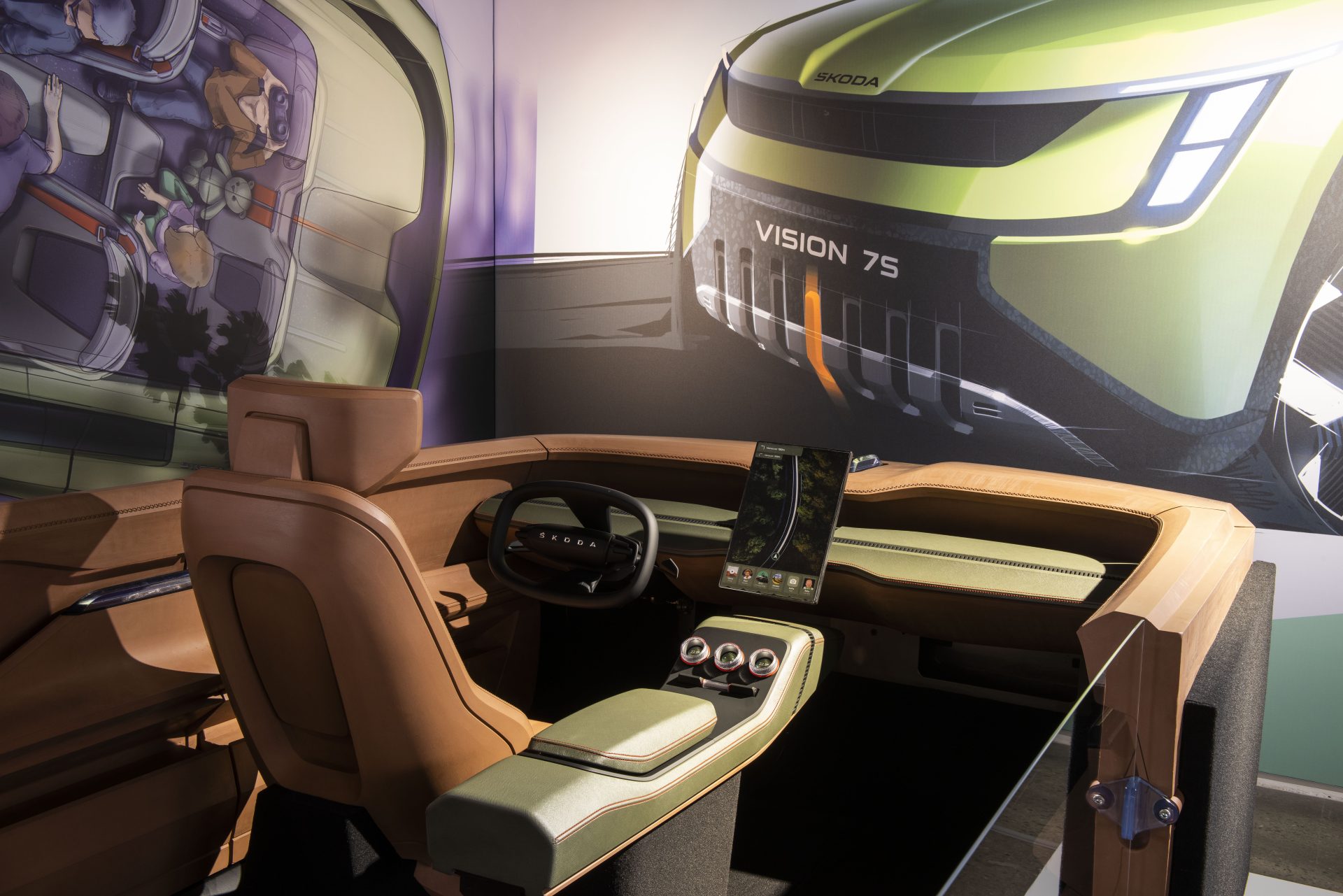
Stefani is also credited with the latest iteration of Škoda’s design language. The Czech carmaker recently showcased six upcoming electric models fully based on the brand’s new design language, Modern Solid. This concept, hinted at in the Vision 7S study, will guide the design of future production models.
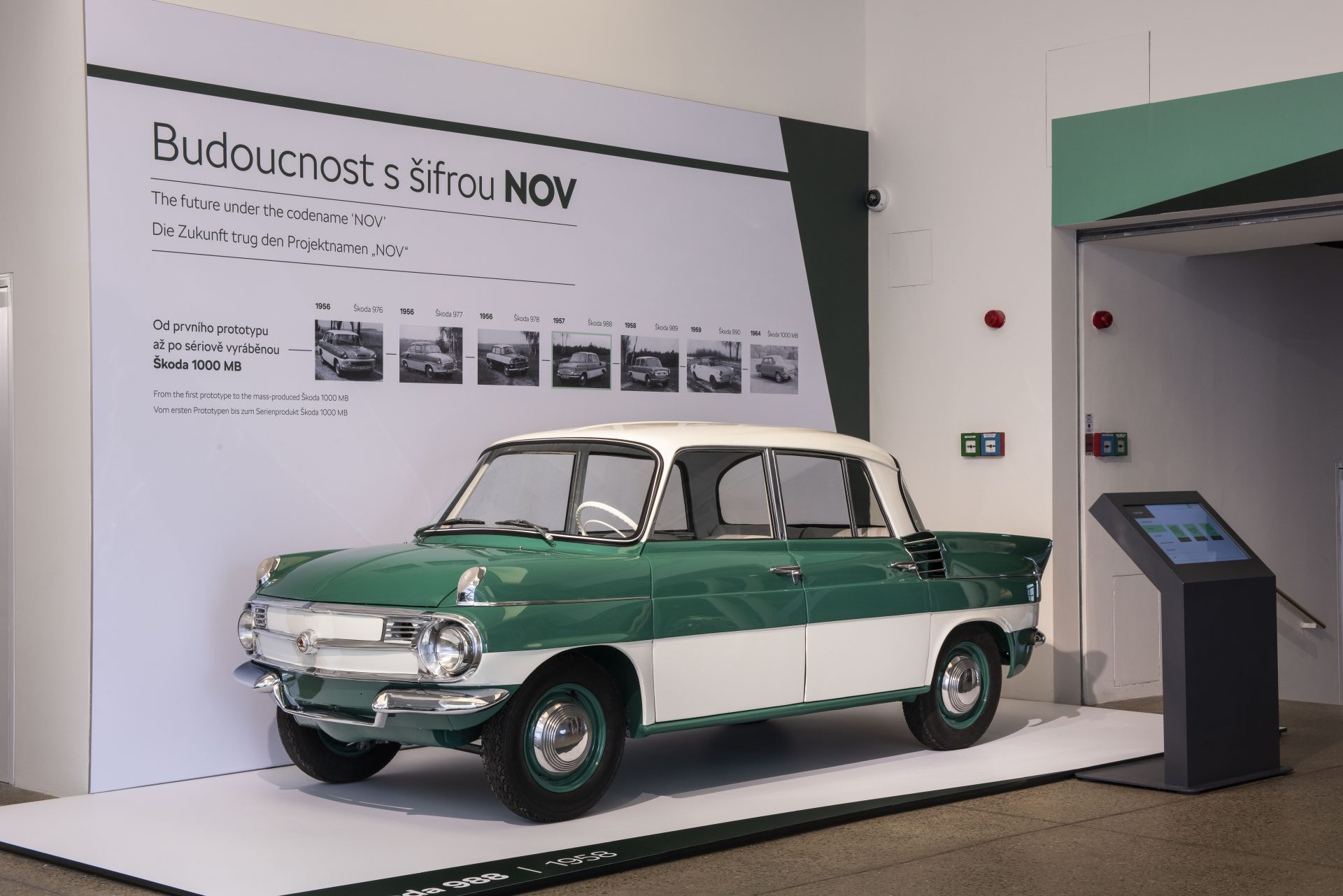
The latest exhibition at the Škoda Museum – The Design Language of L&K and Škoda Cars – is open to visitors until 22 November 2023.


